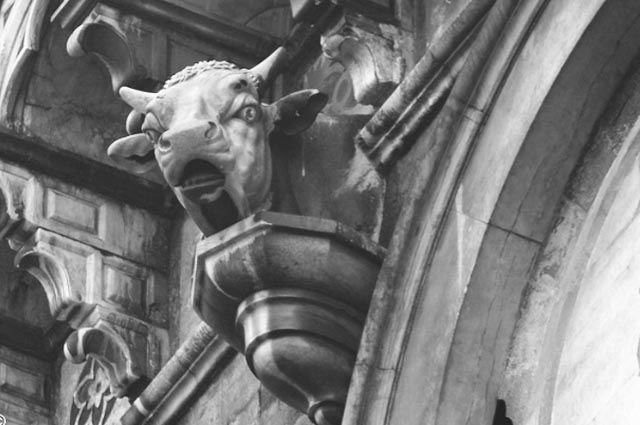
Di recente ho imparato qualcosa sul Duomo a Firenze che non avevo mai sentito prima!
Recently I learned something about the Duomo
in Florence that I’d never heard before!
Sapevi che sulla Cattedrale Santa Maria dei fiori a Firenze c’è la testa di un bue che guarda dall’alto in basso? Non sto scherzando! C’è davvero una gigantesca testa di bue situata tra le statue riccamente intagliate che decorano la facciata del duomo.
Did you know that on the Cathedral of Santa Maria dei Fiori in Florence there is the head of an ox looking downwards? I’m not kidding! There is indeed a gigantic ox head located amongst the richly carved statues that decorate the cathedral’s facade.
Mi posso già sentito la vostra domanda:
Dove si trova questa testa del bue esattamente?
I can already hear you asking: Where is this ox head located?
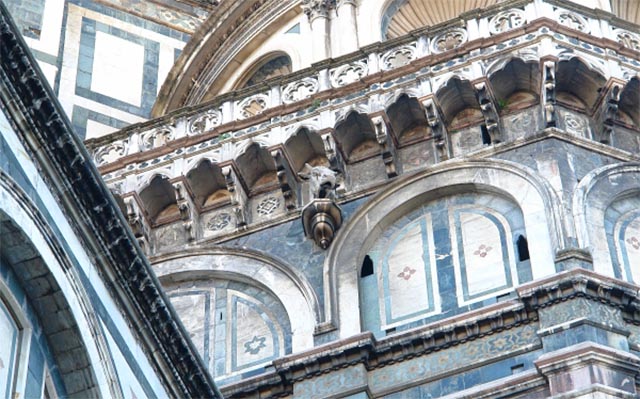
Beh, se si alza la testa per guardare verso l’alto, sul lato sinistro del duomo in via Ricasoli, è possible scorgere (“scorgere” significa. vedere o notare) una testa di toro appoggiato su uno dei capitelli.
Well, if you lift your head to look up, on the left side of the cathedral in via Ricasoli, you can see discern a bull’s head resting on one of the capitals.
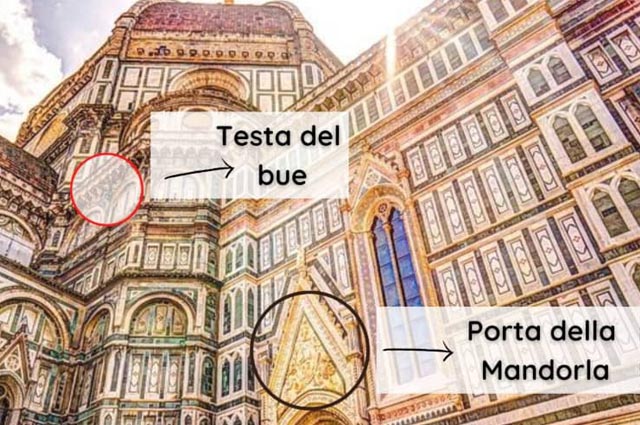
È vicino alla Porta della Mandorla, la porta che dà accesso alla scala che dà sulla vetta della cupola. In questa parte del cattedrale, hanno lavorato Nanni di Banco ed i suoi artigiani e operai.
It is near the Porta della Mandorla, the door that gives access to the staircase that leads to the top of the cupola. In this part of the cathedral, Nanni di Banco and his artisans and laborers worked.
Ma perché gli artisti della facciata del duomo
ha deciso di includere la testa di un bue?
But why did the artists of the cathedral’s façade
decided to include the head of an ox?
Ci sono due teorie. Lasciami spiegare.
There are two theories. Let me explain.
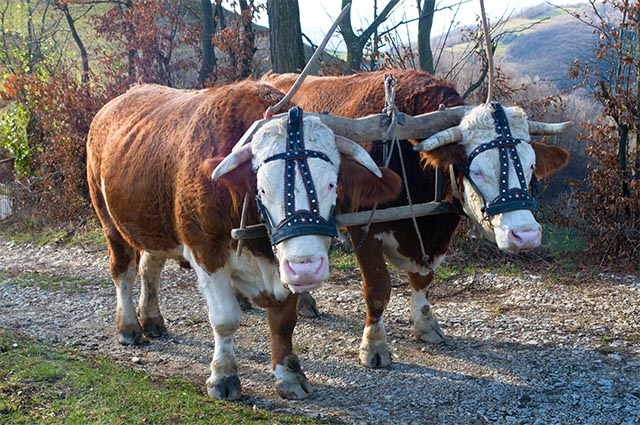
La prima spiegazione rende omaggio ai numerosi animali da traino impiegati nella costruzione della cattedrale. Molti tori e bue venivano usati per trasportare grandi carichi di materiali da costruzione attraverso la città fino al cantiere e per far girare le grandi ruote degli ingegnosi ascensori progettati per sollevare le pietre in alto da terra e in posizione.
The first explanation pays homage to the many beasts of burden used in the construction of the cathedral. Many bulls and oxen were used to haul large loads of building materials across the city to the construction site as well as to turn the large wheels of the ingenious elevators designed to lift stones off the ground and into position.
Dal blog “Partecipart” ho imparato
From the “Partecipart” blog I learned:
“In particolare, fu Filippo Brunelleschi a progettare e costruire degli strumenti che, con carrucole e tiranti, innalzavano i mattoni verso gli operai che potevano così rimanere sulle impalcature. In questo modo i lavoratori non erano costretti a scendere spesso verso il basso, rischiando di cadere, e rimanevano concentrati sul proprio lavoro, andando avanti nella costruzione più velocemente.”
“In particular, it was Filippo Brunelleschi who designed and built tools that with pullies and tie rods, raised the bricks towards the workers who could thus remain on the scaffolding. In this way the workers were not forced to go down to the ground often, risking falling, and could remain focused on their work, moving forward with the construction faster.“
Seconda questa spiegazione, la testa del bue sul Duomo che si puo’ vedere in via Ricasoli sarebbe stato un modo per onorare tutti gli animali che hanno lavorato insieme con gli impiegati a realizzare il duomo. Ha senso, no? Giusto che questi animali dovrebbero essere ricordati e immortalati.
According to this explanation, the head of the ox on the Duomo that can be seen in via Ricasoli would have been a way to honor all the animals that labored together with the workers to build the cathedral. Makes sense, doesn’t it? It is right that these animals too should be remembered and immortalized.
Però c’è un’altra storia più piccante che
spiega l’esistenza del bue
sulla facciata del cattedrale.
But there is another spicer story that explains the
existence of the ox head on the cathedral.
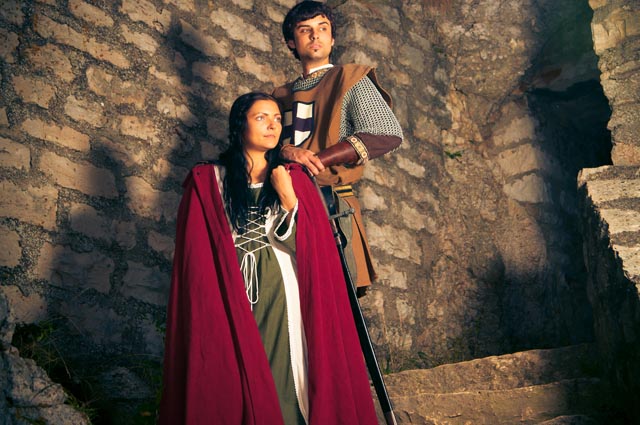
Questa versione della storia del bue parla
non di onoro ma di un tradimento.
This version of the story of the ox speaks
not of honor but of betrayal.
In una storia che, è stata tramandato nel corso dei secoli, si dice che la testa del bue è stato posizionato sul duomo da uno dei maestri carpentieri intorno al mille cento quattro quando i lavori della chiesa erano quasi finiti.
In a story that has been handed down over the centuries, it is said that the head of the ox was placed on the church by one of the master carpenters around 1400 about the time the work on the Duomo was almost finished.
Narra che il capo maestro avesse una storia d’amore segreta con la moglie di un panettiere, la cui bottega affrontava sulla cattedrale. Quando il fornaio si rese conto di essere tradito, era fuori di sé dalla rabbia! Andò in tribunale Ecclesiastico per denunciare sia la moglie infedele che l’ amante.
It narrates that the master builder had a secret love affair with the wife of a baker (or tailor in some recounting) whose shop faced the cathedral. The baker, when he realized the betrayal was beside himself with rage! He denounced both his unfaithful wife and her lover in the Ecclesiatical court.
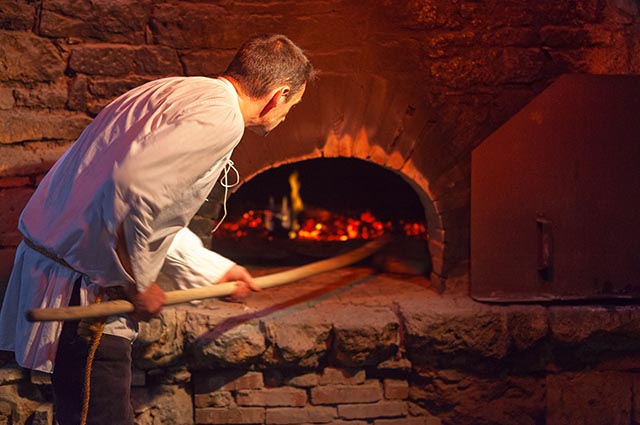
In quell’epoca, la multa per il reato di adulterio era altissima e il capo maestro non era felice di pagarla. Quindi, per vendetta, lui ha approfittato del suo ruolo nel cantiere del Duomo trovò un modo molto buffo per vendicarsi del marito del suo amante. Dicono che sia stato lui che ha scolpito la testa del bue e l’ha posizionato verso la finestra del panettiere geloso per fargli ricordare ogni giorno la sua condizione del fornaio tradito.
In those days, the fine for the crime of adultery was very high. In revenge, the master sculptor, taking advantage of his role in the construction site of the Duomo, found a very funny way to do it. They say it was the master builder who carved the ox’s head and positioned it towards the window of the jealous baker to remind him every day of his circumstances — that of a betrayed husband.
Insomma era un modo elegante per
fare le corna al marito!
In short, an elegant way to prank the betrayed husband!
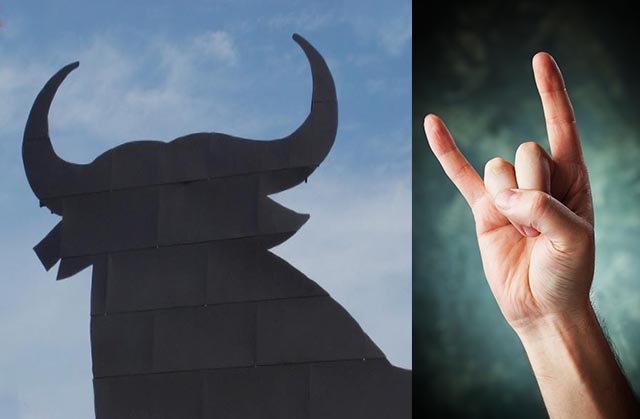
Con l’espressione “fare le corna,” in l’Italia, s’intende l’atto di compiere adulterio e dunque tradire il proprio (o la propria) partner. L’espressione risala alla mitologia greca e Minosse il re di Creta, la cui moglie lo tradì innamorandosi di un toro. Mamma mia, che tradimento!
With the expression “fare la corna,” in Italy, it means the act of committing adultery and therefore betraying one’s partner. The expression goes back to Greek mythology and Minos the king of Crete, who wife betrayed him by falling in love with a full. Oh, my—now that is a betrayal!
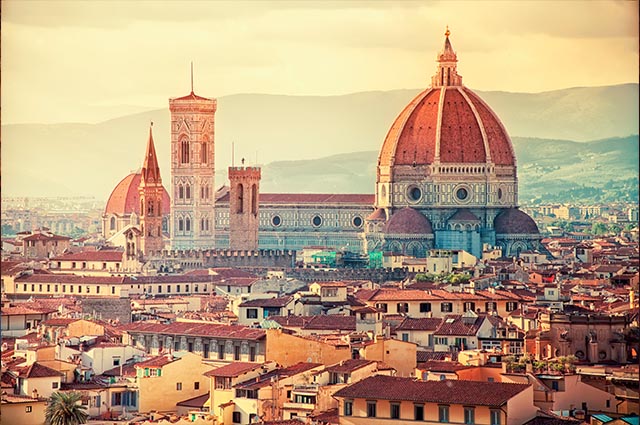
Allora, la prossima volta che vi trovate a Firenze e fate la fila per salire sulla cupola, prendete un momento per guardare su per vedere il bue sulla facciata del duomo che continua a farci ricordare non solo degli animali che avevano una parte nella storia della costruzione del Duomo di Firenze, ma anche del marito geloso che alla fine era il bersaglio dello scherzo.
So, next time you are in Florence queue up to climb up to see the cupola, take a moment to look up to see the ox on the facade of the cathedral that continues to remind us not only of the animals that played a part in the history of the construction of the Duomo in Florence but also of the jealous husband who in the end was the target of a joke.





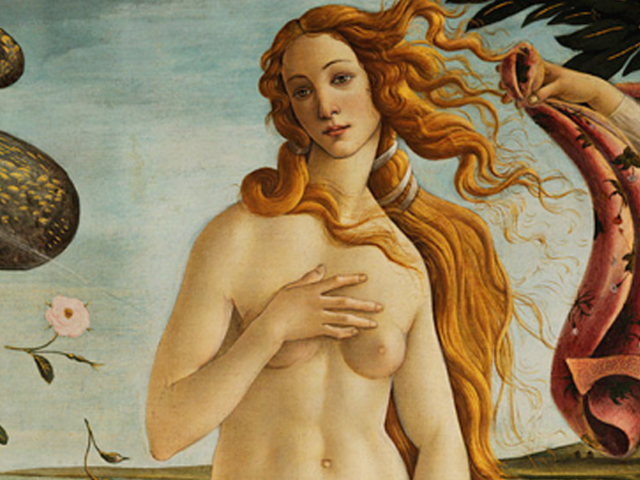






Che interessante! Grazie per ve la condivisione!
Non è bello per niente, essere un marito cornuto.
Grazie dell’informazione.
Buon lavoro
Molto interessante, divertente e informativo. Grazie Melissa!
Molto interessante! Non l’ho mai visto. Devo ritornare a Firenze😉❤️